Best mountain bike hubs
The best mountain bike hubs to lace into the shiny new set of mountain bike wheels you're planning to build
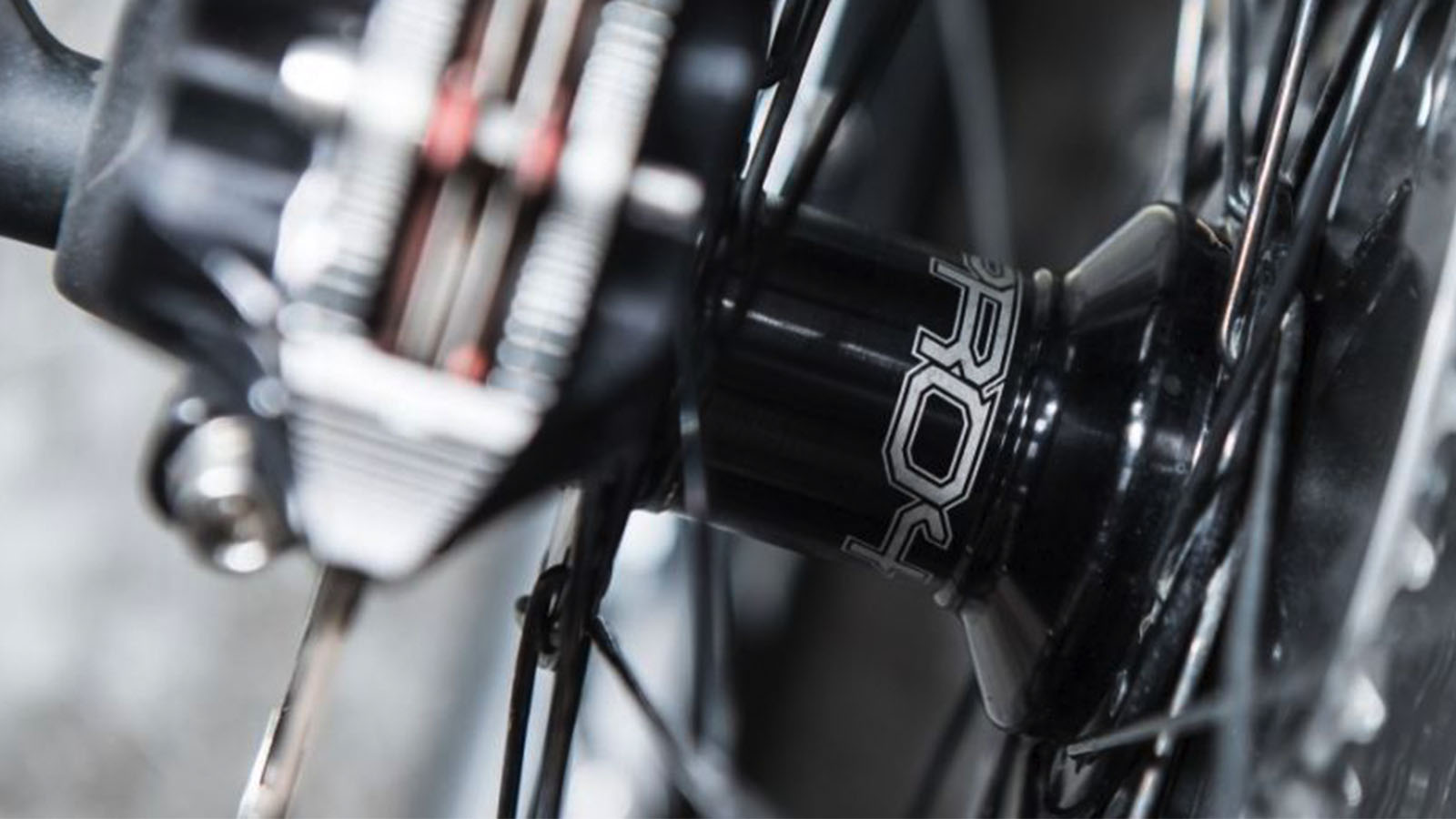
Are you buzzy like a bee or stealthy and silent? Depending on what mountain bike hubs your wheels are spinning around, you'll either be able to sneak up on your riding mates or be heard coming from a mile away. Beyond just freehub noise, hubs will determine how far your pedals can turn before your rear wheel starts spinning, to a degree how smooth your wheels spin and more importantly how often you'll need to regrease your bearings.
It should go without saying that front and rear hubs are vastly different. Front hubs, regardless of the brand are essentially a tube that houses an axle, bearings and a disc brake mount. While rear hubs also feature a ratchet and freehub, the design and execution of which can vary vastly from brand to brand.
If you're building up a new set of custom wheels, and are in the market for some new hubs, read on for advice on what to look for, or skip to Bike Perfect’s top picks of the best mountain bike hubs.
What to look for in mountain bike hubs?
Why trust BikePerfect
1. Bearings
Depending on the brand of hubs you go for, they will either feature cup and cone angular contact bearings, or sealed cartridge bearings.
Cup and cone bearings utilise loose ball bearings which are placed in a cup inside the hub and pressed in with a cone. As the wheel spins, the balls rotate freely between each structure. A preschooler can service a cup and cone-bearing, they just require a glob of fresh grease, however, tuning the bearing pressure is a bit more involved. If the bearing pressure is too loose, the hub will have play which can damage the internals. Too tight, and the bearing won't spin freely and cause excessive wear to the hardware.
Cartridge bearings, on the other hand, see everything packaged into a sealed unit, meaning they are much easier to replace and don't require any tension adjustment, but they are a bit more difficult to service. To crack one open, you'll have to carefully peel out the waterproof seal, remove the old grease, remove the degreaser, and pack them with fresh grease before replacing the seal, being careful not to fold or damage it. Sealed bearings are also more expensive to replace.
2. Materials
Most MTB hubs are made from alloy, with some ultra-high-end options utilising carbon fibre to reduce weight. Hubs designed for gravity riding may be made from steel, where the weight penalty is worth it when balanced against catastrophic failure.
3. Rotor mount
Hubs will either have a six-bolt or centre-lock mount for disc rotors. There is a negligible weight difference between the two, with any advantage in grams saved or gained on the hub made up with the rotor and mounting hardware.
4. Axle and spacing
What axle size does your fork use? Is it 12mm, 15mm or 20mm? Or maybe even 5mm quick release? For the most part, it seems the industry has settled on 15mm for most mountain bikes, with downhill bikes jumping up to 20mm.
Then there is the spacing; you're either looking at non-boost, boost and in rare cases super-boost. Standard non-boost spacing sees 100mm at the front and 135 or 142mm at the rear, while boost spaced hubs are 110mm wide at the front and 148mm at the back. This not only makes for a stiffer wheel because the spacing between the flanges increases, it also pushes the chain line out by 3mm creating more room for fat tyres.
Super-boost spacing has been common on DH bikes for years, however a select few brands like Pivot now spec bikes with 157mm rear hub spacing to create a wider bracing angle for spokes and stronger wheels.
Lots of hubs nowadays come with replaceable end caps to solve sizing and spacing headaches.
5. Freehub
Depending on your drivetrain and cassette, you'll also need to take into account what style freehub body you'll need. In recent years we've seen SRAM swap to one piece cassettes for its 11 and 12-speed drivetrains, which requires what it calls an XD driver.
With Shimano's new 12-speed drivetrain, it has also introduced a new Micro-Spine freehub — at launch there was a bit of controversy as Shimano was slow to release the specifications to brands like Hope so they could produce compatible freehub bodies. If you're still running a ten or 11-speed Shimano drivetrain, you'll want a standard HG style freehub body.
The best mountain bike hubs you can buy
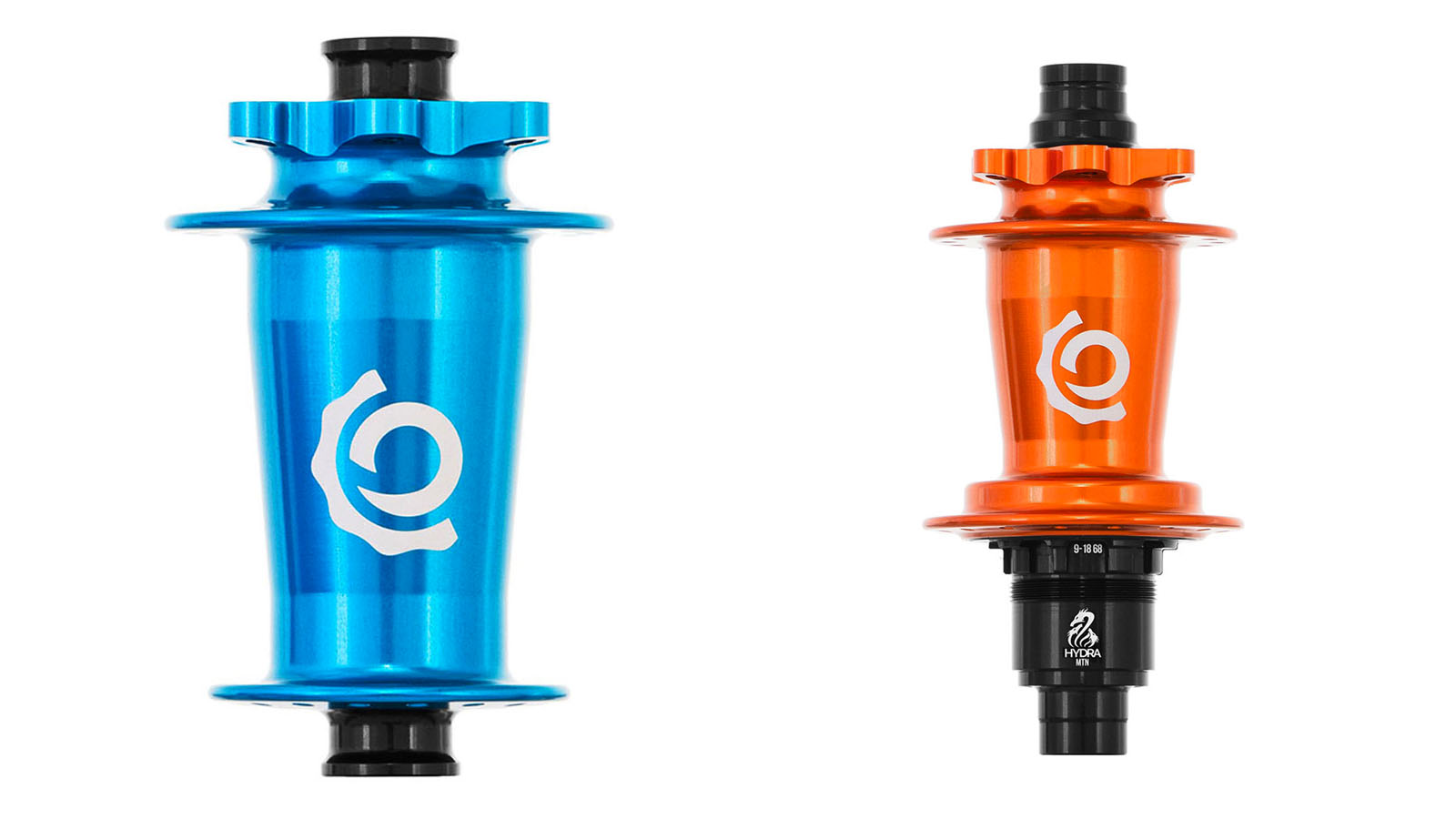
Industry Nine Hydra
Specifications
Reasons to buy
Reasons to avoid
Hand-built in North Carolina, Industry Nine's Hydra hubs utilise six pawls and a 115 tooth driver ring for 690 points of engagement with 0.52 degrees between each — or in other words essentially instant engagement. Each pawl engages independently, so for every tooth the drive ring spins, there are six clicks. I9 says this combats single pawl engagement because once the first pawl has caught, any flex in the system forces the second and third to engage to distribute the load.
The hubs are milled from 7075-T6 aluminium while the pawls and drive rings are made from A2 tool steel, with everything done in house including the anodization. Claimed to weigh 286g (rear hub) hydra hubs can be serviced without proprietary tools and are available in both centre lock and six-bolt configurations.

DT Swiss DT350
Specifications
Reasons to buy
Reasons to avoid
Even though they might be a bit heavier than the more expensive DT 240, the DT Swiss 350 hubs offer serious performance and reliability for the money. They come in a heap of axle and spacing options and the Star Ratchet works so well quite a lot of bike brands license the DT's system for their in house hubs.
Rolling on sealed bearings, DT utilises swappable end caps which make them compatible with every major axle standard. Inside, the 350s come stock with an 18-point star ratchet system that can easily be upgraded for 36 or even 54 points of engagement. The hub shells are made from heat-treated anodised aluminium and the 350s are available in both six-bolt and centre lock options.
They are absolutely bombproof and there have been many occasions where we've cracked a DT 350 hub open to service the bearings, only to seal it back up because the grease inside was good as new.
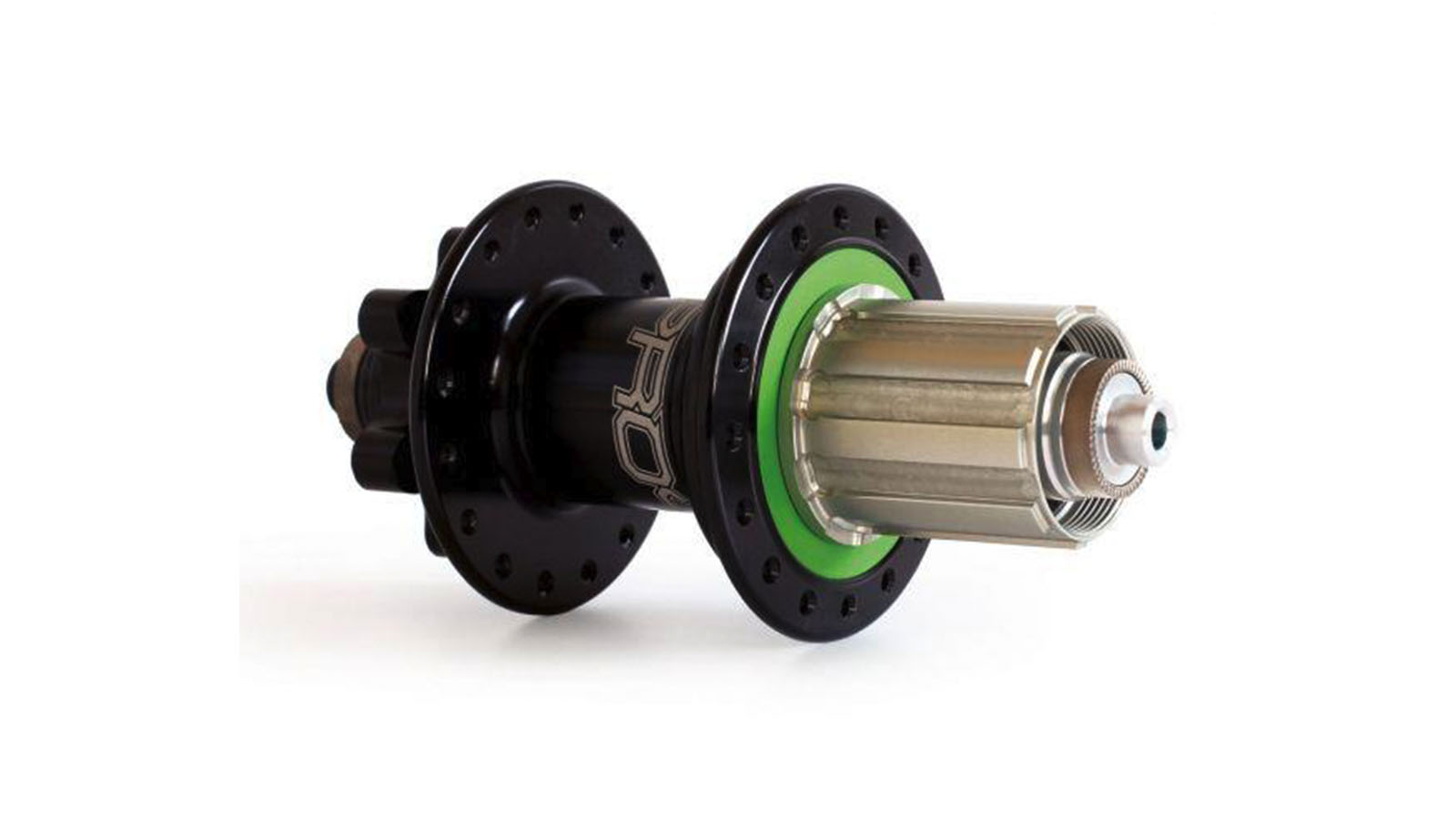
Hope Pro 4
Specifications
Reasons to buy
Reasons to avoid
Designed and manufactured in the UK, it's no surprise that Hope's Pro 4 Hubs excel in traditionally British conditions. They are well sealed, so well in fact that when you crack the rear hub open it takes a bit of muscle to get the hearty seals back into place.
The Hope Pro 4 features a 44-tooth drive ring and the tall flanges make for an extremely robust wheel. Available in a range of anodised colours and boost and non-boost spacing, the best part is they don't break the bank as most boutique hubs do.

Chris King ISO
Specifications
Reasons to buy
Reasons to avoid
For a long time, the buzzing bee of Chris King hubs has been considered the gold standard. While the Drive Ring freehub system may have been surpassed when it comes to points of engagement (72), the serviceability, reliability and buttery-smooth bearings are still arguably unmatched.
Manufactured in Portland Oregon, the ISO B hubs feature a one-piece, super-stiff axle, heavy-duty bearing seals and a threaded drive shell seal ring to keep the elements out. Chris King manufactures its own cup and cone bearings which are said to get faster with age and the updated hub shell shape sees thickened flanges for stronger wheel builds. Plus they come in 10 anodised colours, with occasional loud and lairy special editions.
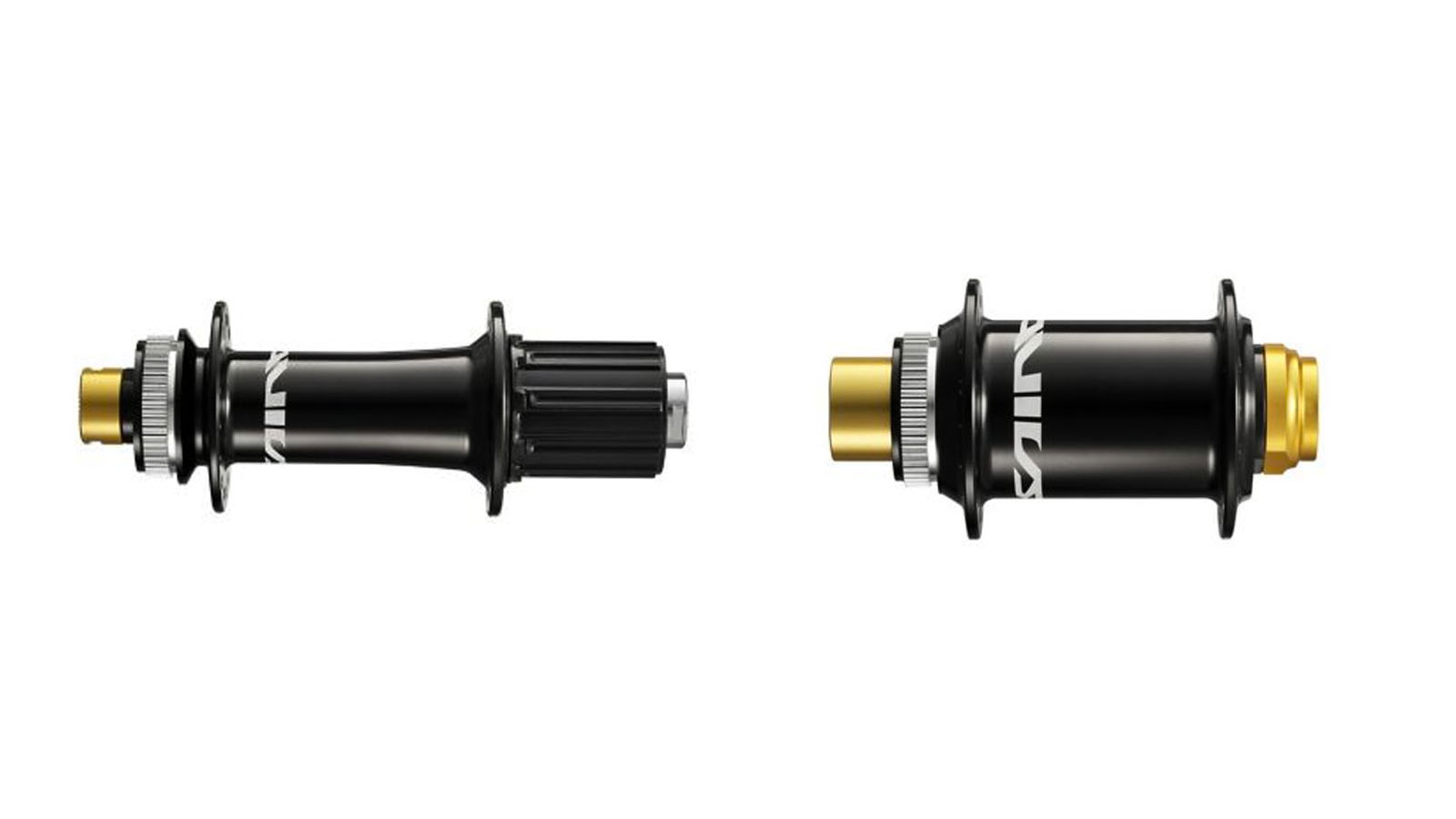
Shimano Saint M820
Specifications
Reasons to buy
The Saint M820 hubs are Shimano's top of the range gravity hubs. As with all Shimano hubs, the Saints use angular contact bearings and feature both labyrinth and heavy-duty lip seals that stymie grit's progress in, but don't cause undue drag.
At the back, the micro-ratcheting freehub sees 10-degrees of engagement and both ends feature centre lock rotor mounts. The Saint hubs get a one-piece axle which not only shaves weight but also increases strength. The front hub takes a 20x110mm thru-axle to ensure no steering input is lost to deflection and the rear hub comes in a 150mm super-boost spacing.
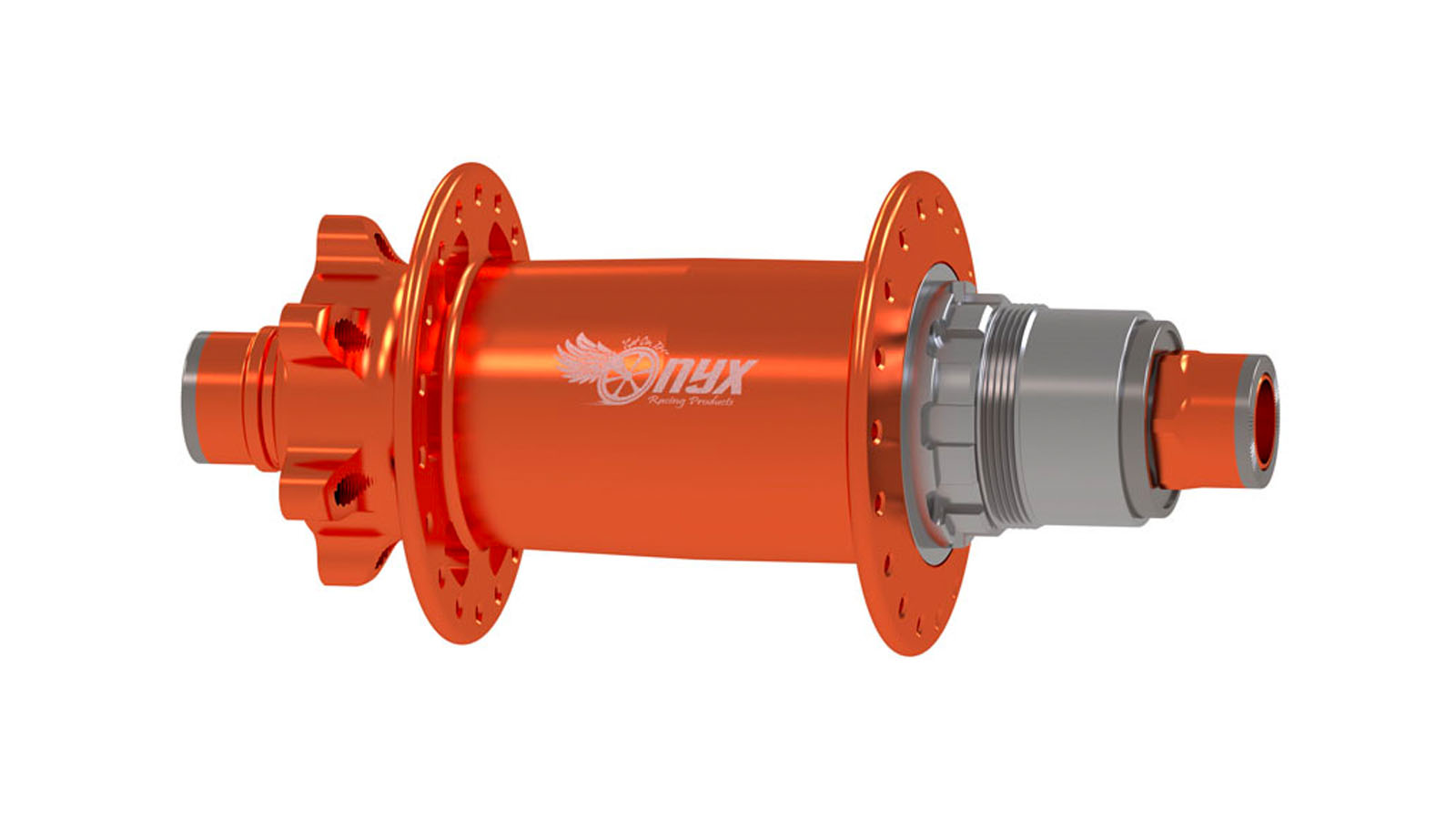
Onyx Racing
Specifications
Reasons to buy
Reasons to avoid
As a general rule of thumb, the louder the hub, the higher the quality. The idea of putting playing cards in your spokes stopped being cool on your 11th birthday, so why do hubs that make the same amount of noise corner the top end of the market? With this in mind, Onyx's Racing hubs offer instant engagement with silent freewheeling.
The brand achieves this using a sprag clutch instead of a traditional pawl spring and ratchet setup. A sprag clutch looks a bit like a cartridge bearing but with figure-eight shaped sprags which, when turned backwards, tilt and lock into place. The Racing hubs have two rows of sprags which make for lightning fast engagement with zero noise. The only downside is they are a bit porky at 450g.

Project 321
Specifications
Reasons to buy
With 216 points or 1.66 degrees of engagement, powered by a 72-tooth driver, the Project 321 hubs are one of the few hubs that hold a candle to Industry Nine's less than 1-degree of engagement. Using magnetic pawls, they are lightning quick and come in loud and quiet versions so the hub can be tuned to your preference.
The hubs spin around Japanese EZO bearings which are buttery smooth, and the Project 321 hubs feature a bearing preload screw to maximise their lifespan. The hubs also utilise interchangeable end caps available for every modern axle's standard and width.
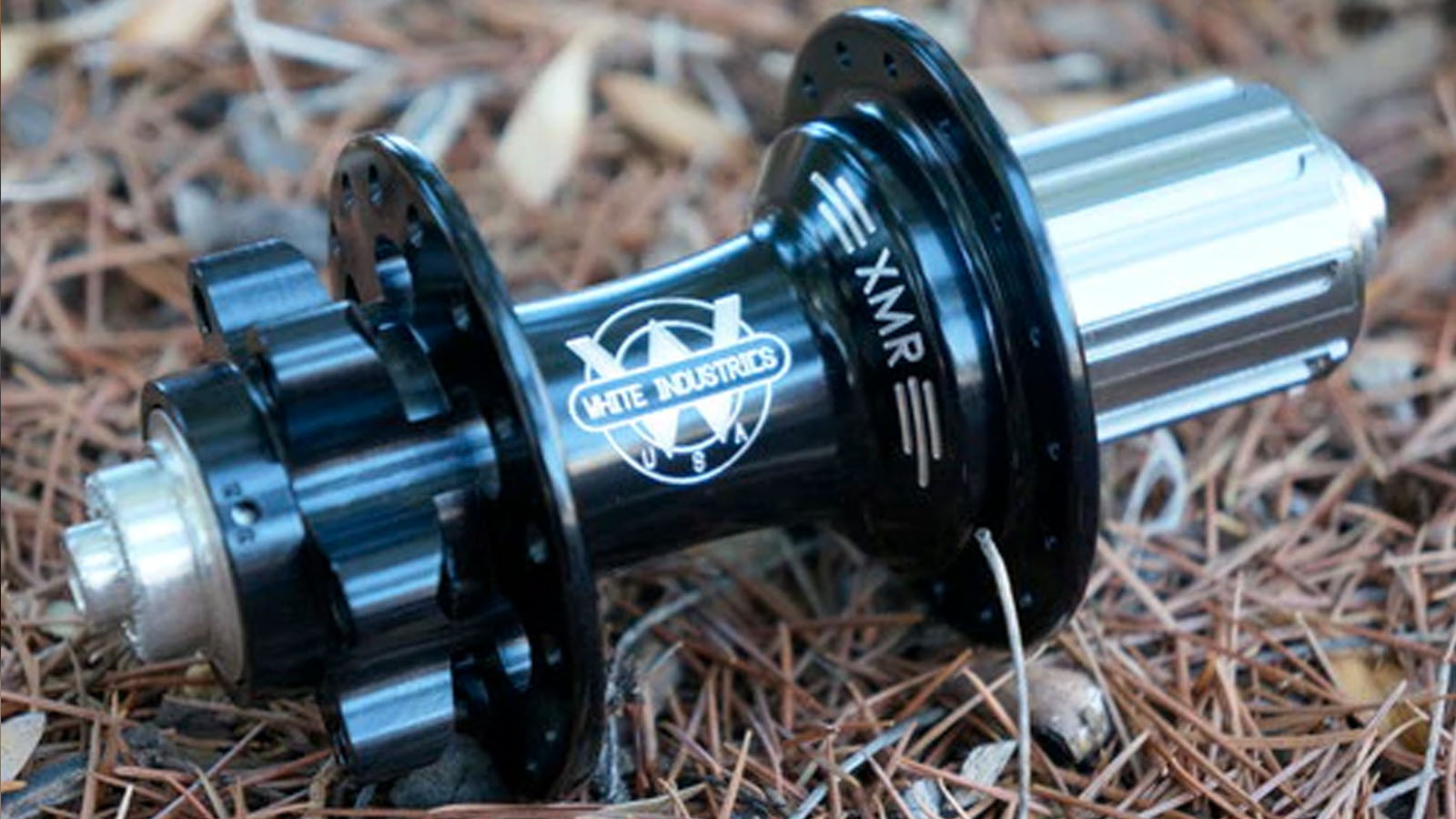
White Industries XMR
Specifications
Reasons to buy
Reasons to avoid
White Industries has been making bike parts since 1978 and since then their hubs have become some of the most sought after on the market.
The XMR hubs are available in boost and non-boost configurations and utilise end caps to compensate for axle diameter variations - sorry no 20mm here. The driver body uses a three-pawl system and comes stock with 24 points of engagement, though White Industries will upgrade you to 48 for no extra charge — it begs the question why the 24 option is even available.
Servicing the hub only requires a 2mm hex wrench meaning the friction-free, ride quality, WI hubs are easy to maintain. They also come with a bearing preload adjustment to prolong the life of the included ABEC 5 bearings.
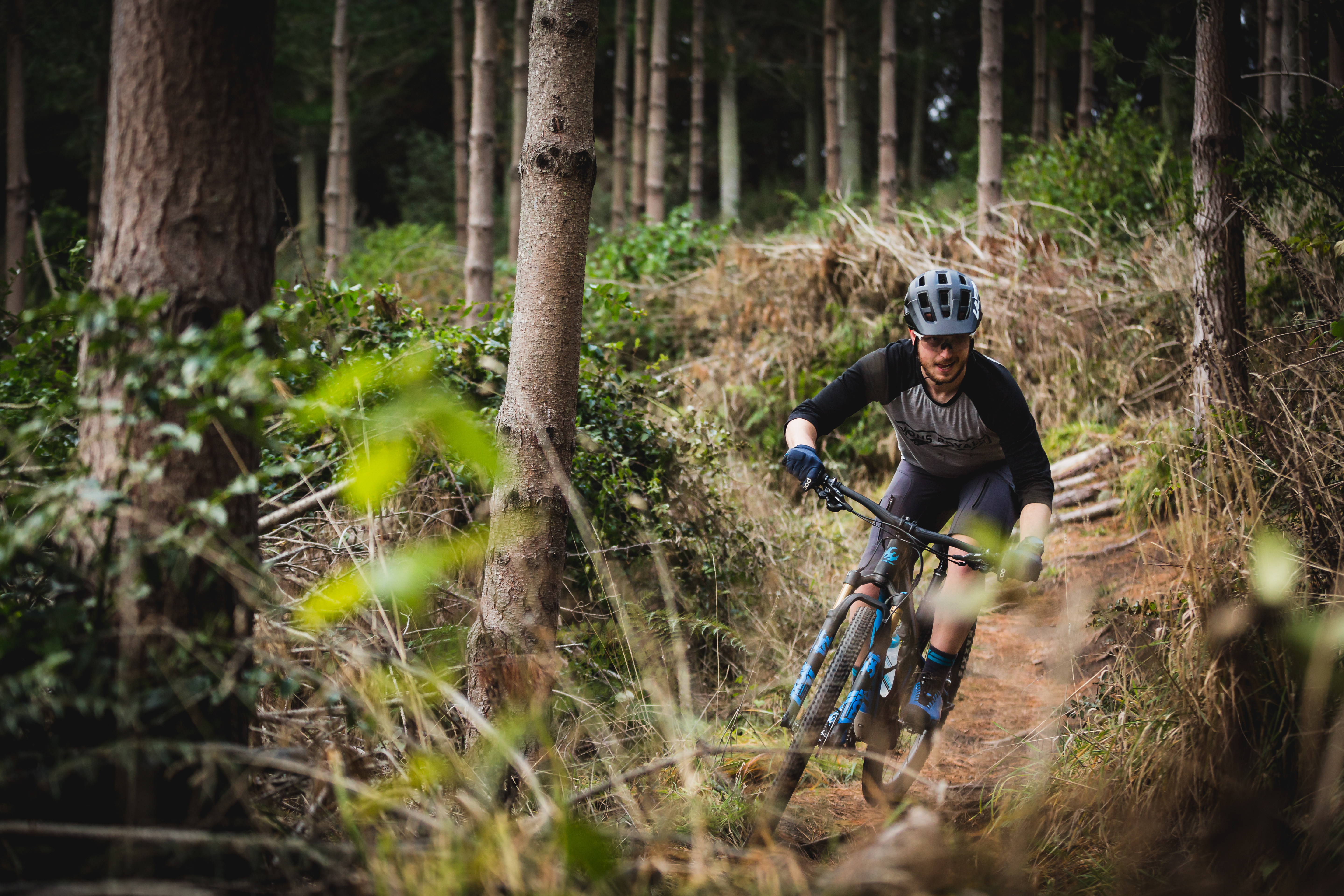
Born and bred in Colorado, and now based in Australia, Colin comes from a ski racing background and started riding as a way to stay fit through the summer months. His father, a former European pro, convinced him to join the Colorado State University collegiate cycling team, and he hasn't stopped since. It's not often he pins on a number nowadays, and you'll likely find him in search of flowy singletrack, gravel roads and hairpin corners. Colin has worked at Bikeradar and is a regular contributor to Australian Mountain Bike and Cyclist magazines.
Rides: BMC Team Machine SLR01, Trek Top Fuel 9, Ibis Ripley
